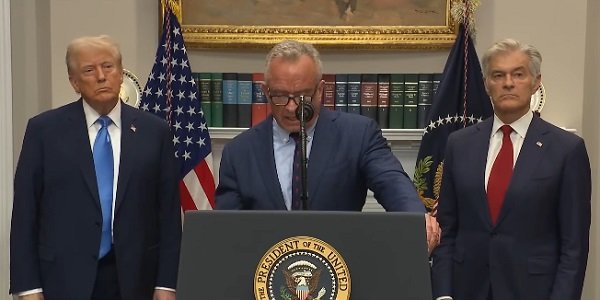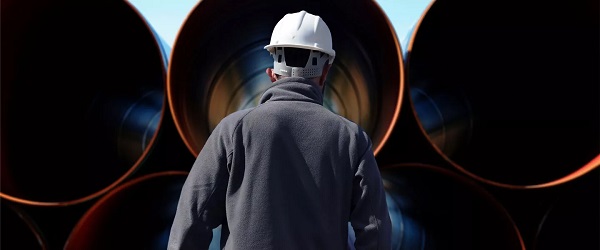Business
The richest man alive just got a whole lot richer
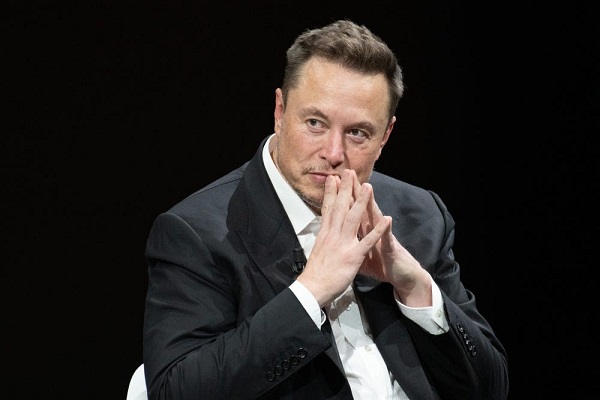
Quick Hit:
Elon Musk on Wednesday became the first person in history to hit a $500 billion net worth, according to Forbes. The Tesla, SpaceX, and xAI founder’s fortune now sits roughly $150 billion ahead of Oracle co-founder Larry Ellison, with Tesla’s surging stock and SpaceX’s record valuation driving the leap.
Key Details:
- Forbes reported Musk’s net worth crossed the $500 billion mark around 3:30 p.m. ET, fueled by Tesla’s nearly 4% stock gain Wednesday — adding roughly $9.3 billion to his wealth.
- Musk’s fortune has grown from $24.6 billion in March 2020 to $100 billion by late 2020, $200 billion in 2021, $400 billion in 2024, and now $500 billion.
- Tesla shares have nearly doubled since April, when Musk said he would step back from his role leading President Trump’s Department of Government Efficiency (DOGE) to focus on Tesla. The EV maker’s market cap is now within 10% of its all-time high, with Musk’s 12% stake worth about $191 billion.
Elon Musk achieved yet another major milestone Wednesday, becoming the first ever person worth $500 billion. Musk, who became the first person ever worth $400 billion or more in December, is $150 billion ahead of runner-up Larry Ellison—and half-way to becoming the world’s first… pic.twitter.com/h9LJmAvT7F
— Forbes (@Forbes) October 1, 2025
Diving Deeper:
Elon Musk made history Wednesday as the first individual ever to surpass a $500 billion personal net worth, according to a report from Forbes. The Tesla and SpaceX CEO’s fortune crossed the milestone in mid-afternoon trading, following another surge in Tesla’s share price and continuing investor confidence in Musk’s technology empire.
Tesla stock jumped nearly 4% Wednesday, pushing the company’s valuation closer to its all-time high. Forbes estimates Musk’s 12% stake in Tesla alone is worth about $191 billion. The remainder of his wealth comes from SpaceX — currently valued at around $400 billion — and his artificial intelligence firm xAI, worth roughly $60 billion.
Musk’s rise in wealth has been staggering. In March 2020, he was worth $24.6 billion. By late 2020, he had crossed the $100 billion threshold, reaching $200 billion in 2021 and $400 billion last year. His $500 billion milestone now puts him more than $150 billion ahead of the world’s second-richest person, Oracle co-founder Larry Ellison.
In a post on X last month, Musk said his compensation and influence over Tesla were not about money, but control over the company’s direction: “It’s not about ‘compensation,’ but about me having enough influence over Tesla to ensure safety if we build millions of robots,” he wrote. “If I can just get kicked out in the future by activist shareholder advisory firms who don’t even own Tesla shares themselves, I’m not comfortable with that future.”
According to Forbes, Tesla’s board recently proposed a new compensation plan for Musk worth as much as $1 trillion — the largest package ever offered to a corporate executive. The plan would grant Musk up to 12% of Tesla’s stock if the company hits a $8.5 trillion market cap and other performance milestones over a decade.
At his current trajectory, analysts suggest Musk could become the world’s first trillionaire by 2033 — an outcome that seemed unthinkable just five years ago. As Musk continues to balance his leadership at Tesla, SpaceX, and xAI, his financial empire appears to be expanding as rapidly as the industries he dominates.
Automotive
America’s Troubled EV Industry Loses Its Subsidized Advantage – Now What?
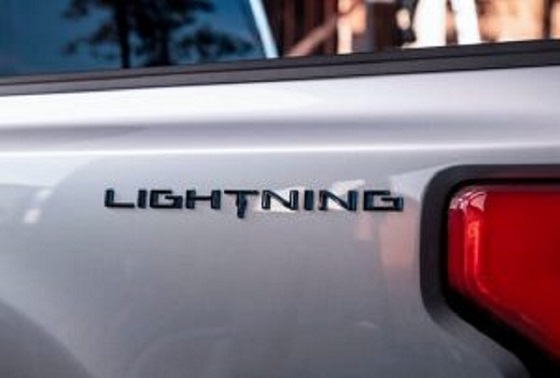

From the Daily Caller News Foundation
The Environmental Protection Agency announced Monday that it has assumed responsibility for what it says is the “Largest Lithium-Ion Battery Cleanup in Agency History” at the Moss Landing facility outside San Francisco.
Crews supervised by the EPA entered the facility this week to begin cleaning out the remains of the fire damaged batteries, which the agency says will be recycled at EPA-approved recycling facilities.
As has happened far too frequently, the retired batteries erupted spontaneously in January, leading authors of MIT’s weekly climate newsletter to speculate about what this latest conflagration would mean for the future of the electric vehicle and stationary battery storage industries going forward.
Dear Readers:
As a nonprofit, we are dependent on the generosity of our readers.
Please consider making a small donation of any amount here.
Thank you!
“With the growing number of electric vehicles and batteries for energy storage on the grid,” the authors wrote, “more high-profile fires have hit the news, like last year’s truck fire in LA, the spate of e-bike battery fires in New York City, or one at a French recycling plant last year.”
The parade of troubling incidents related to these batteries has continued throughout 2025. In June, for example, a large container ship called the Morning Midas, operated by Zodiac Maritime, sank into the Pacific Ocean after batteries in EVs it was carrying to Alaska spontaneously combusted, forcing the crew to abandon ship. A month later, U.S.-based shipper Matson announced it would no longer transport EV cargoes due to the obvious dangers involved. Three weeks later, Alaska Marine Lines put a similar policy in place.
All of these inconvenient news stories come at an already troubling time for the U.S. EV industry, given that its huge $7,500 per car federal subsidy expired at midnight, Sept. 30. That subsidy was enacted in the Orwellian-named Inflation Reduction Act of 2022 and subsequently repealed in the One Big Beautiful Bill Act signed into law by President Donald Trump on July 4 of this year.
Sales have spiked in the run-up to the subsidy expiration, to no one’s real surprise. But EV makers now face the troubling prospect of having to compete in the U.S. market absent that significant price advantage, leading many to anticipate a significant drop-off in sales.
Some carmakers have already begun to scale back operations. Stellantis announced the cancellation of a planned all-electric Dodge Ram pickup model on Sept.12, citing slowing demand for such trucks in a field already dominated by the Ford F-150 Lightning and the Tesla Cyber Truck. The fact that sales of those competing models are already coming in well below projections this year was another obvious motivating factor.
Ford, meanwhile, said in August it would delay the introduction of what it refers to as “next generation” updates to its Lightning pickup and full-sized electric van for two years due to the same challenging market conditions. “F-150 Lightning, America’s best-selling electric truck, and E-Transit continue to meet today’s customer needs,” the company said in what can only be described as an understatement.
Competitor GM announced it would take similar action on Sept. 4, saying it was suspending production of a pair of Cadillac SUVs – the mid-size Lyriq and the full-size Vistiq – at its assembly plant in Spring Hill, Tenn., effective in December. The company also said it would indefinitely delay the start of a second shift at an assembly plant near Kansas City.
Amid the frequent big fire events involving EV batteries and the industry’s fallout from the loss of a federal subsidy, it must be repeated here that the electric vehicle industry is not “new” or even a young one. It is in fact well over a century old, with the first electric cars introduced in the U.S. in the 1890s, during the same period when gas-powered cars started to come onto the market. In those early years, in fact, many experts insisted that electric cars would ultimately render gas-powered cars obsolete and become the dominant force in American transportation.
But makers of EVs then found themselves suffering from the same set of limitations that plague the industry well over a century later: Range anxiety, lack of infrastructure, and persistent unreliability.
The fact that an industry this old has still not solved for the same set of issues after so much time makes it reasonable to question whether it ever will.
David Blackmon is an energy writer and consultant based in Texas. He spent 40 years in the oil and gas business, where he specialized in public policy and communications.
Fraser Institute
Carney government should scrap gun ‘buyback’ program and save taxpayer money

From the Fraser Institute
By Gary Mauser
More than 90 per cent of guns used in crimes are illegally imported into Ontario from the United States, which means the confiscation (or “buyback”) program would not affect these guns. And the program diverts financial and policing resources towards law-abiding Canadians who own firearms
Given the mountain of federal debt, the Carney government’s much-anticipated fall budget should tell us how Ottawa plans to deal with the prime minister’s new priorities. Carney has urged cabinet to find existing programs to cut so Ottawa can afford the new spending he’s promised, such as meeting the NATO 5 per cent commitment and opening up new energy corridors.
Clearly, if the government wants to cut waste, it should axe the Trudeau-era gun ban and confiscation program, which—according to reports—the government plans to fully rollout this fall.
First, some background. In 2020, with the stroke of a pen, the Trudeau government instantly made it a crime for federally-licenced firearms owners to buy, sell, transport, import, export or use hundreds of thousands of formerly legal rifles and shotguns. According to the government, the ban targets “assault-style weapons,” which are actually classic semi-automatic rifles and shotguns used by hunters and sport shooters for more than 100 years. When announcing the ban, the prime minister said the government would confiscate the banned firearms and provide “fair compensation” to owners. That hasn’t happened.
In fact, the government has revealed no plans about how it will collect the banned firearms nor has it included compensation costs in any federal budget. The amnesty period (to allow compliance with the ban), which the government has extended in the past, is set to expire on Oct. 30, 2025.
The program faces stiff opposition from several key players.
For example, the provincial governments in Ontario and Saskatchewan don’t want to participate. As noted by Ontario’s solicitor general, more than 90 per cent of guns used in crimes are illegally imported into Ontario from the United States, which means the confiscation (or “buyback”) program would not affect these guns. And the program diverts financial and policing resources towards law-abiding Canadians who own firearms and are already heavily regulated and screened.
The National Police Federation, which represents 20,000 RCMP members, has said the program is a “misdirected effort when it comes to public safety.”
Canada Post, which has been tasked by Ottawa to receive and warehouse firearms, wants nothing to do with the program due to fear of conflicts between staff and gun owners, and the ability of Canada Post to safely store potentially hundreds of firearms in postal substations.
And the Canadian Sporting Arms and Ammunition Association, which represents firearms retailers, said it will have “zero involvement” in helping confiscate these firearms.
Meanwhile, there’s no evidence the program will improve public safety.
In fact, Canadian firearms owners are exceptionally law-abiding and less likely to commit murder than other Canadians—and that shouldn’t be surprising. To own a firearm in Canada, you must obtain a Possession and Acquisition Licence (PAL) from the RCMP after initial vetting and daily monitoring for possible criminal activity. Between 2000 and 2020, an average of 12 PAL holders per year were accused of homicide, out of approximately 2 million PAL holders. The number of PAL holders increased from 1,979,054 to 2,206,755 over this same time period, so the PAL holder firearms homicide rate over 20 years was 0.63 per 100,000 PAL holders. But the firearms homicide rate for adult Canadians is 0.72 per 100,000—that’s 14 per cent higher than the rate for PAL holders.
Even the minister in charge of the program—Gary Anandasangaree, the Carney government’s public safety minister—seems to think it’s a bad idea. In an audio recording released online, he said: “I just don’t think municipal police services have the resources to do this” before adding that the program’s goals may be more about politics than sound policy.
So, with a federal budget looming, how much will the gun ban/confiscation program cost taxpayers?
The plain answer: we don’t know. But back in 2020, the Trudeau government said it would cost $200 million to compensate firearms owners for confiscating their now-banned firearms, although the Parliamentary Budget Officer said compensation costs could reach $756 million. The federal government recently said the program’s administrative costs (safe storage, destruction of hundreds of thousands of firearms, etc.) would reach an estimated $1.8 billion. My estimate, based on a similar program in New Zealand in 2019, for only compensation costs and the collection phase is closer to $6 billion.
Today, more than 150 employees of the Department of Public Safety in Ottawa are working full time on the program, yet few firearms (12,195) have been collected to-date. The program spent $67.2 million by 2024, before it collected a single gun, and is now projected to cost $459.8 million in 2025/26 alone, mainly on public opinion surveys and planning. Basically, they’re trying to figure out how to confiscate and destroy hundreds of thousands of guns from across Canada. Apparently, this planning costs hundreds of millions of dollars.
In sum, Ottawa’s gun ban/confiscation (“buyback”) program is very expensive and likely won’t achieve its stated goals of improving public safety. If the Carney government wants to find savings, the program is good place to start.
-
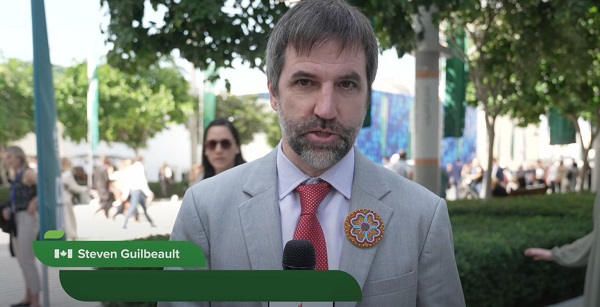
 Censorship Industrial Complex2 days ago
Censorship Industrial Complex2 days agoCanada To Revive Online Censorship Targeting “Harmful” Content, “Hate” Speech, and Deepfakes
-

 Alberta2 days ago
Alberta2 days agoOrthodox church burns to the ground in another suspected arson in Alberta
-

 Fraser Institute2 days ago
Fraser Institute2 days agoAboriginal rights now more constitutionally powerful than any Charter right
-

 International2 days ago
International2 days agoArab and Muslim nations rally behind Trump’s Gaza peace plan
-
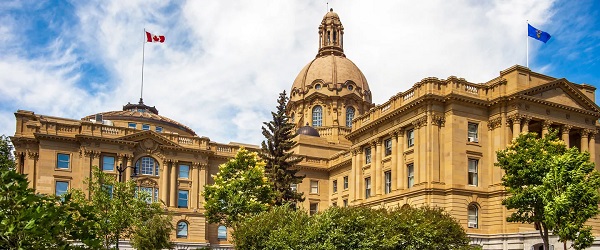
 Alberta1 day ago
Alberta1 day ago$150 a week from the Province to help families with students 12 and under if teachers go on strike next week
-

 Business2 days ago
Business2 days agoNew PBO report underscores need for serious fiscal reform in Ottawa
-
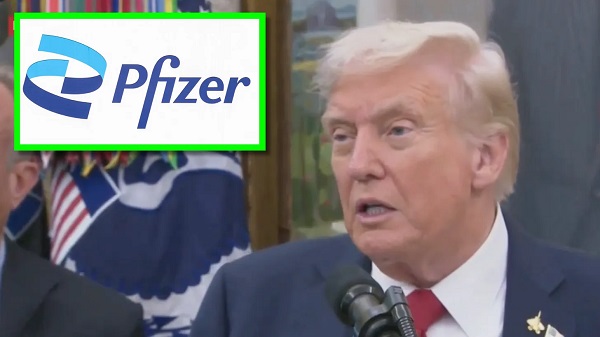
 Business1 day ago
Business1 day agoPfizer Bows to Trump in ‘Historic’ Drug Price-Cutting Deal
-

 Agriculture2 days ago
Agriculture2 days agoCarney’s nation-building plan forgets food




